Singer No. 1 at the South Bend works. Howard Zillmer photo.
FOR IMMEDIATE RELEASE
Media Contact
Austin Mace
President
Hoosier Heartland Trolley Company
Rare, wooden General Electric locomotive from 1898 returns for preservation
Singer Manufacturing Company No. 1, one of General Electric’s earliest-constructed locomotives, donated for public education and enjoyment
September 21, 2021 - INDIANAPOLIS, IND. - The nonprofit Hoosier Heartland Trolley Company has received the donation of a rare, wooden 1898-built locomotive designed by General Electric for use at Singer’s South Bend cabinetry factory. The locomotive is one of the first electric locomotives built by GE at its Schenectady, New York plant. At one time, it was the oldest-known operating electric locomotive in preservation. The locomotive was donated to the organization in July 2021 by the family of the late David W. Peat - an Indianapolis native, electrical engineer and historian.
The locomotive has been transported by Schlatter Boys Transport to HHTC’s facility outside Indianapolis. Donations are welcome and encouraged to offset relocation costs. The public will have its first chance to view Singer No. 1, its cart, and the HHTC collection at its first fall open house for members. The member open house will take place Saturday, October 30 from 11 a.m. to 4 p.m. Union Traction Co. interurban no. 429, currently under full restoration, will also be open for tours.
During the nineteenth century, Singer capitalized upon the rich forestry found in northern Indiana for manufacturing sewing machine cabinets - an American cultural staple. Small, electric locomotives like Singer No. 1 proved beneficial to the plant's operations, since the probability of fires were reduced when compared to the nature of steam locomotives.
Singer No. 1 served the South Bend works until 1955, when it was purchased by Robert Selle; afterwards, it was stored for several years in Illinois, including at the Illinois Railway Museum’s former North Chicago site. Upon moving to Florida, Selle sold Singer No. 1 to Purdue University classmate David Peat, along with a small cart used by the locomotive while in service.
Until 2018, the locomotive resided at the Indiana Museum of Transport and Communication, later known as the Indiana Transportation Museum. Since then, the locomotive has remained in private storage. After David Peat’s passing in 2020, HHTC approached the Peat Family regarding donation of the locomotive.
The Peat Family is excited to see the locomotive live on in a preservation environment for the education and enjoyment of fellow Hoosiers. David Peat, having an affinity for antique machinery, printing presses, and railroads, wished the locomotive to continue in such a setting. The HHTC Board of Directors recognizes and appreciates the family’s generosity.
HHTC Vice President Cameron Nichols comments, “Preserving Singer No. 1 as part of the collection will allow future visitors to understand the evolution of electric railways in Indiana - from mule-drawn cars of the 1860s to streetcars of the 1950s. Singer played a pivotal role in South Bend’s development, and is integral to interpreting the role electric railroads played in positively impacting the lives of Hoosiers. We’re thrilled to make this priceless locomotive part of our developing electric heritage railroad.”
About the Hoosier Heartland Trolley Company - The Hoosier Heartland Trolley Company is an Indiana nonprofit 501(c)(3) founded in 2018 to save the last remaining railroad cars representing Indiana’s rich electric railway heritage. The organization exists to spark imagination in people across all walks of life regarding the art, science, culture, technology and economic empowerment of Indiana’s world-renowned electric railway industry from the 20th century. The company is developing the state’s only electric heritage railway to immerse Hoosiers in authentic transportation experiences as a community asset for education, economic development, and tourism. More information regarding preservation efforts, news and development can be found at hoosiertrolley.org.
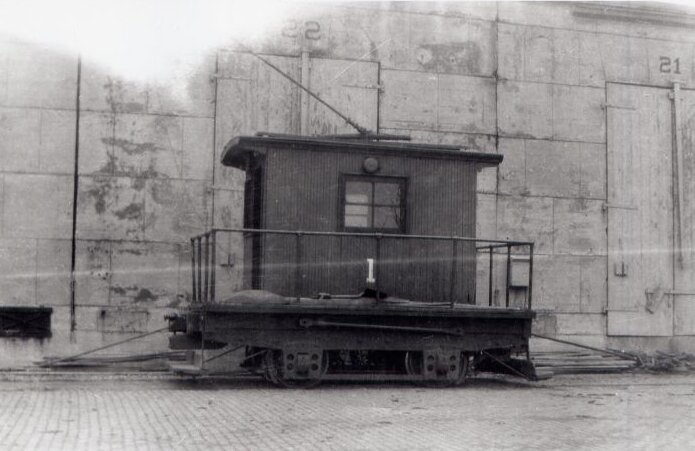
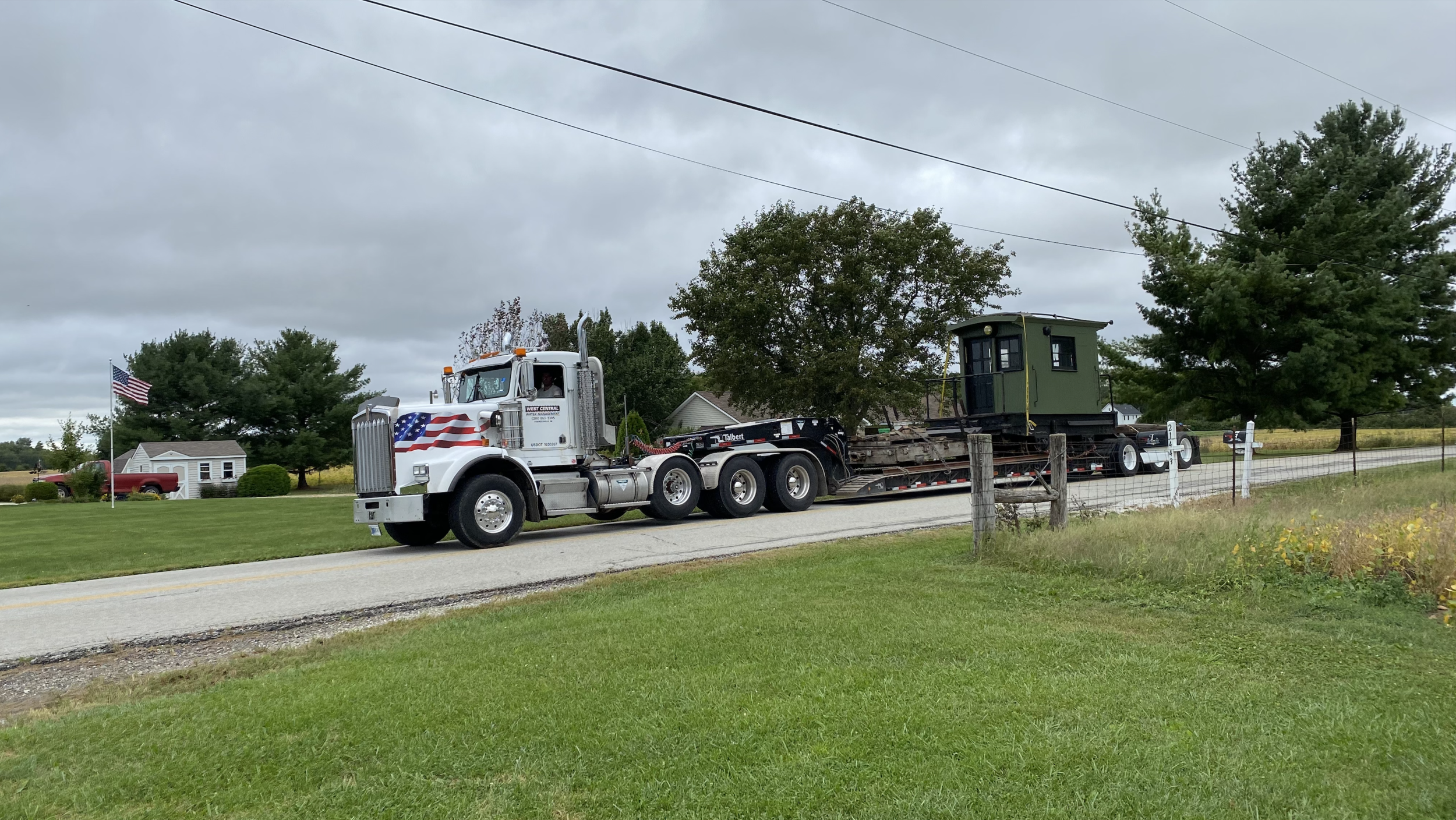
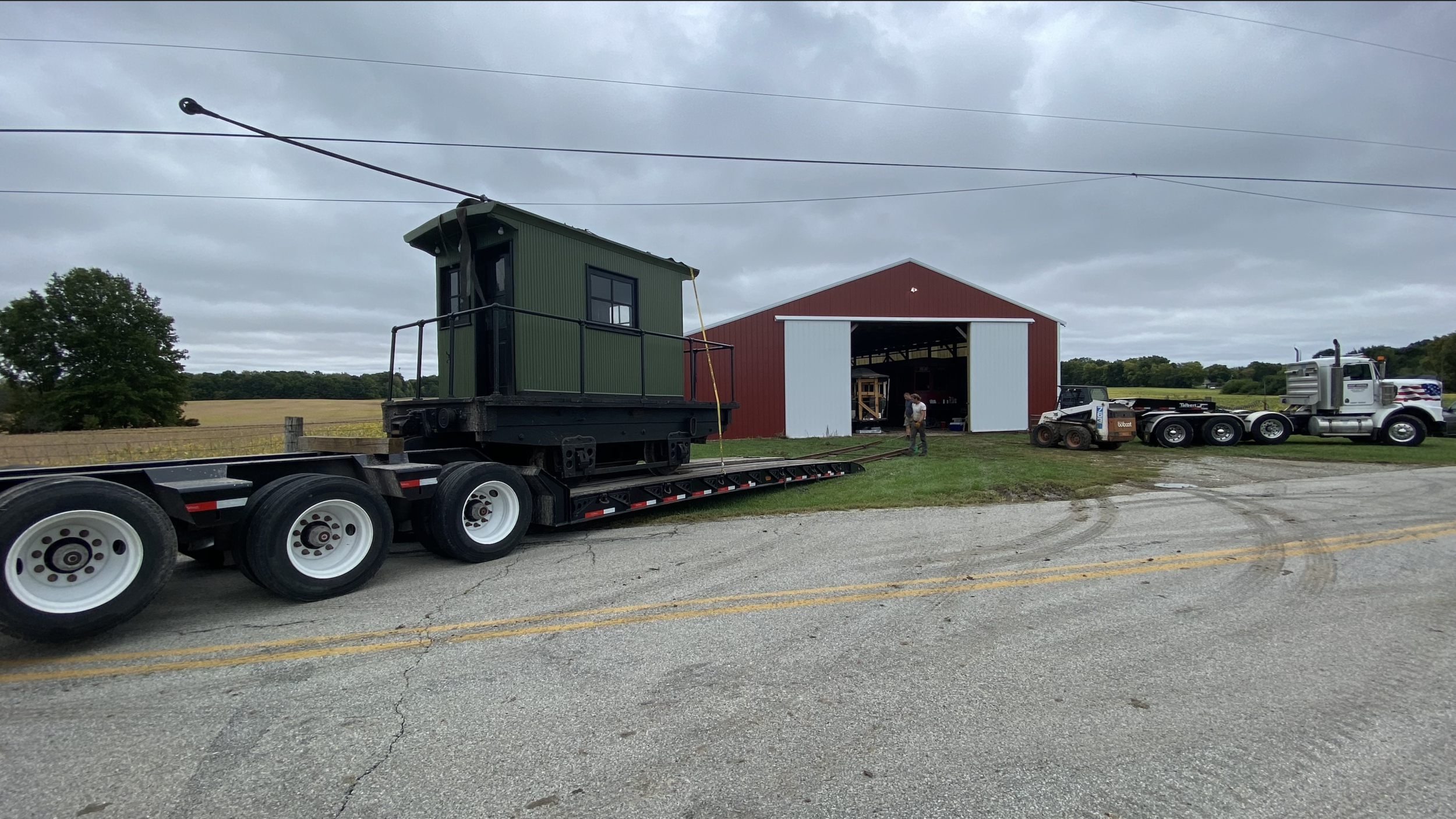
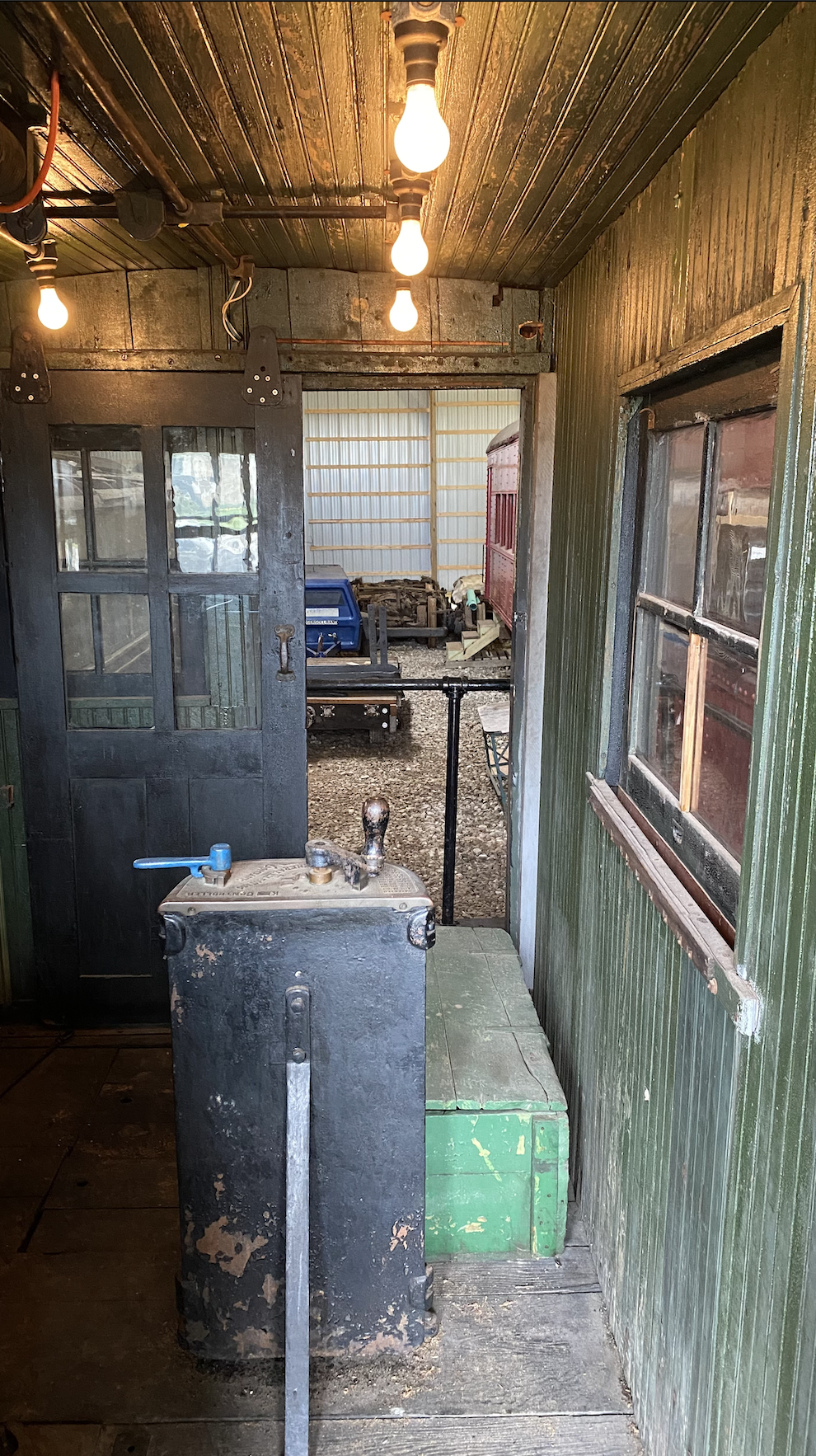
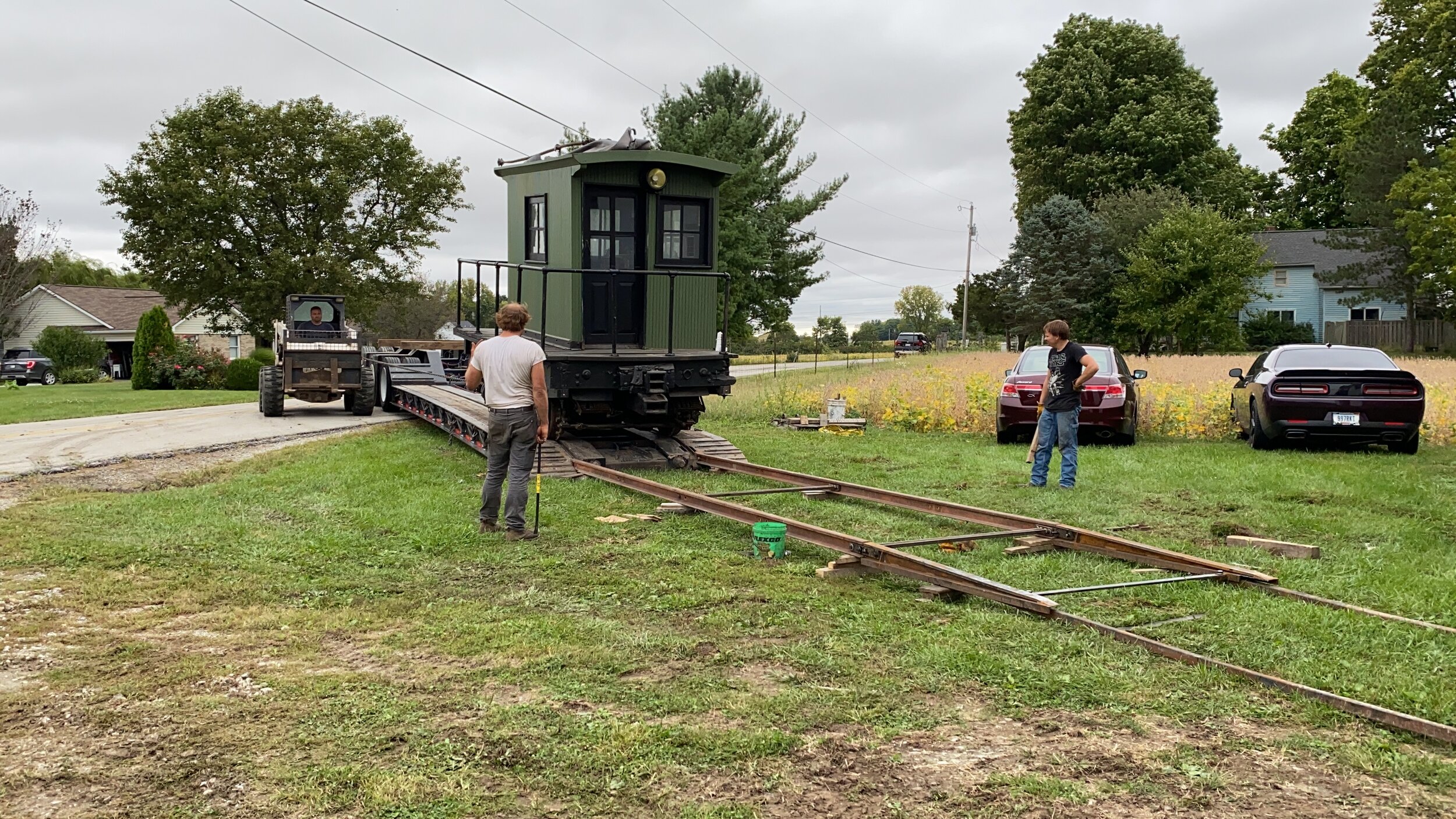

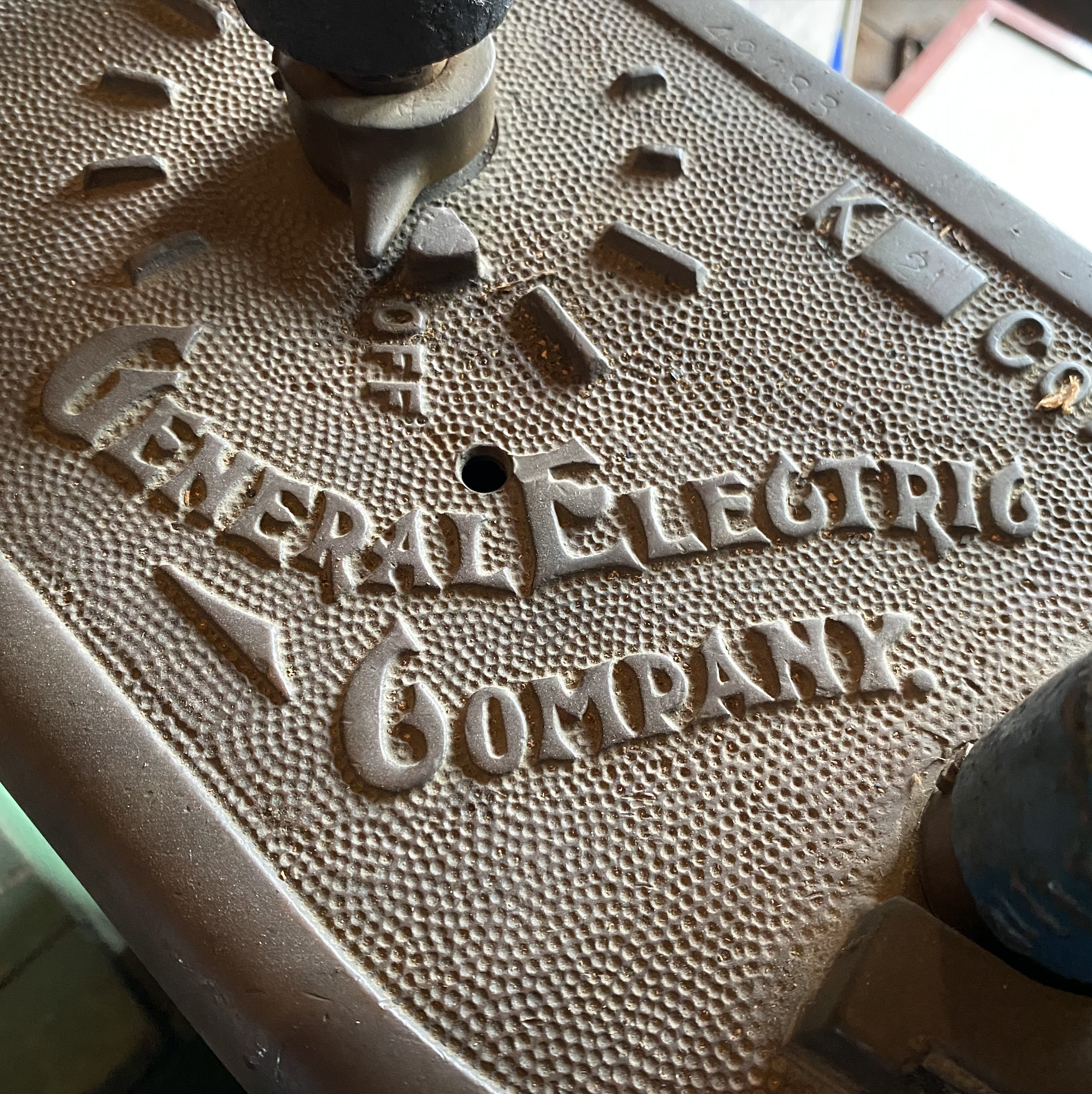
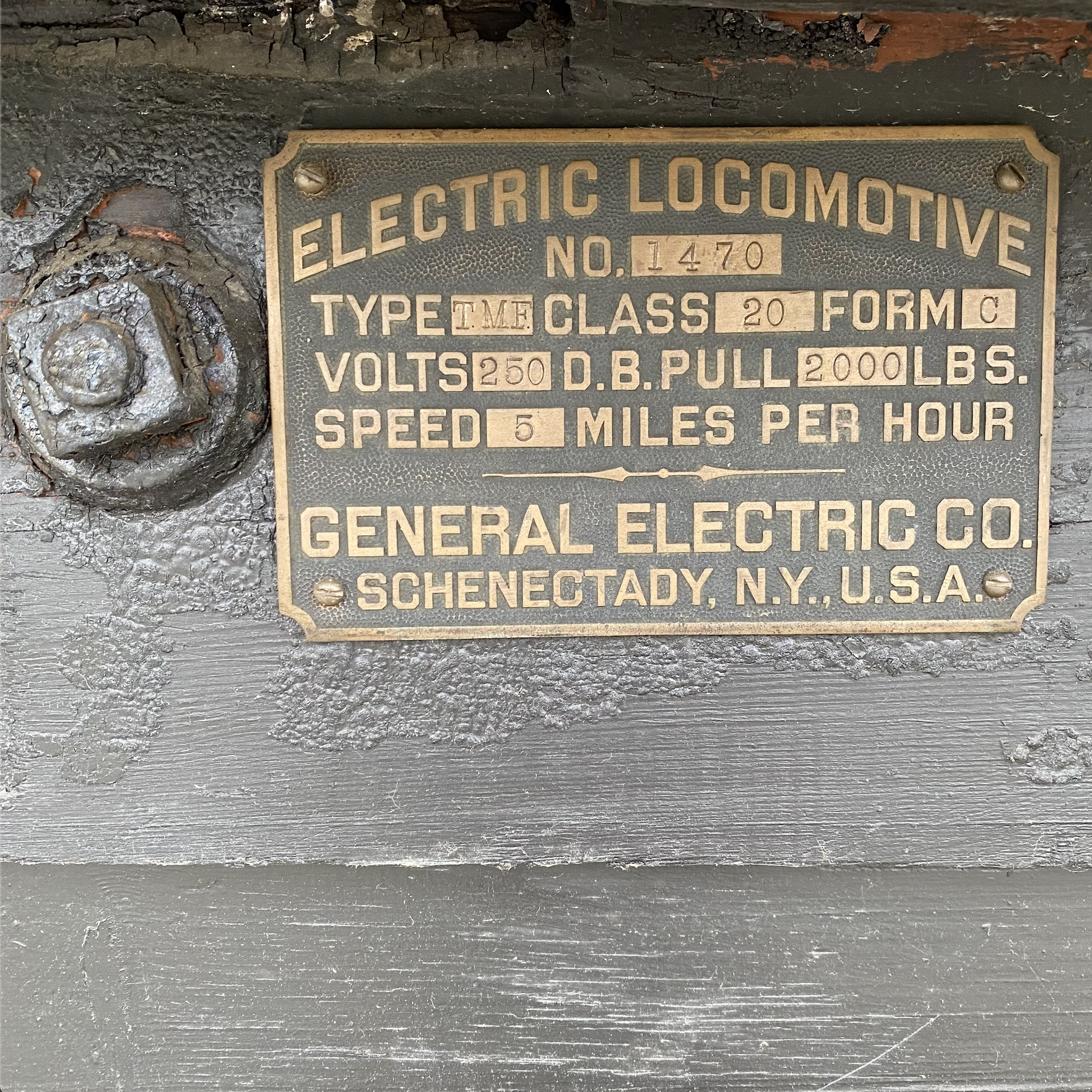
###

